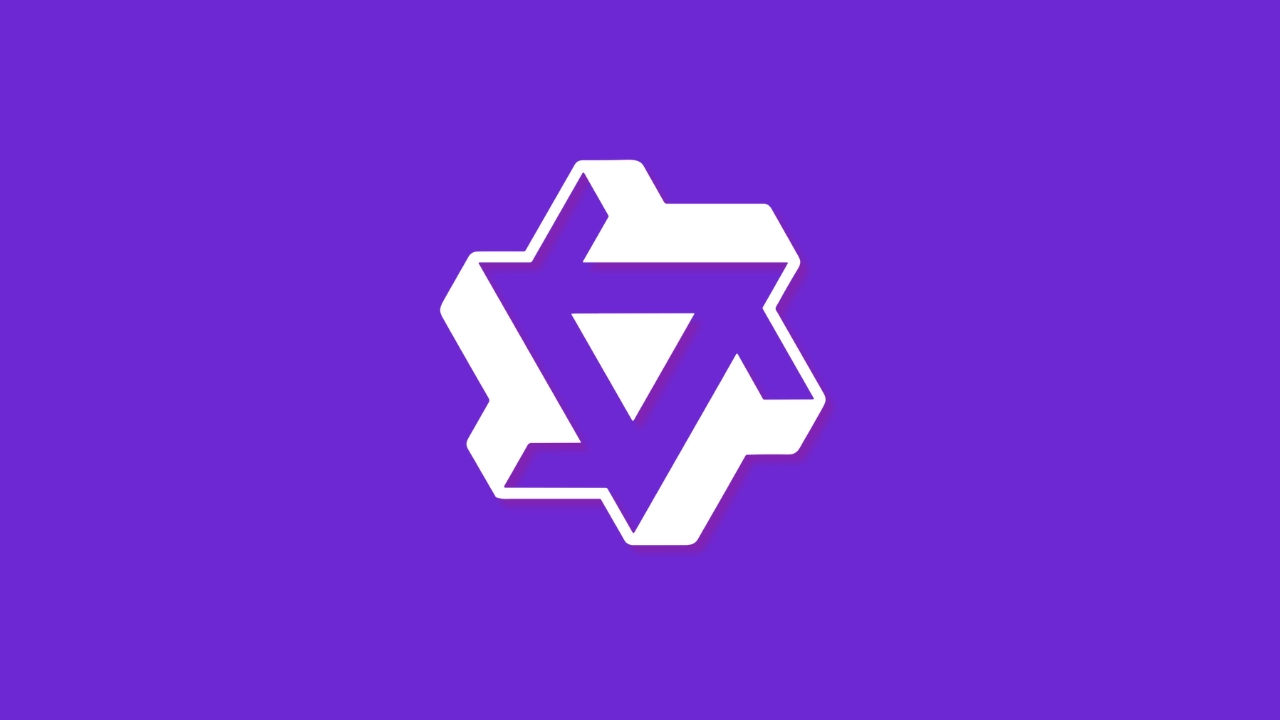
Stanford's 5.5-Hour LLM Masterclass Actually Delivers What YouTube Tutorials Can't
Stanford's new lecture series reveals the mathematical foundations most AI tutorials skip - here's what makes it different
The relentless hype cycle around large language models has created an ecosystem of superficial tutorials and quick-fix courses that promise mastery but deliver confusion. Most AI education content either oversimplifies to the point of uselessness or assumes you’re already an ML researcher. Stanford’s new 5.5-hour lecture series bridges this gap with refreshing depth and clarity.
Lecture Series Links
Here’s the complete Stanford CME295 Transformers & LLMs lecture series:
- Lecture 1: Introduction to Transformers ↗ - Foundations of modern language models
- Lecture 2: Attention Mechanisms ↗ - Deep dive into self-attention and QKV systems
- Lecture 3: Advanced Architectures ↗ - Modern transformer variants and optimizations
What Makes This Series Different
Most online LLM content treats transformers like magic black boxes. The Stanford lectures take the opposite approach - they methodically build understanding from first principles, which explains why they’ve garnered significant attention in technical communities.
The course structure reveals why traditional YouTube tutorials fail: they skip the essential mathematical foundations that make LLMs work. When instructors Ashwin and Shervin (Netflix engineers with backgrounds from MIT and Stanford) introduce concepts like self-attention, they don’t just show the formula - they demonstrate why it matters through concrete examples:
“In order to compute the representation of the token ‘teddy bear’, we’re going to look at all the other tokens in the sequence at once and directly with direct links… This is called the self attention mechanism.”
This attention to mathematical intuition separates these lectures from the superficial content flooding the AI education space.
The Technical Depth Most Tutorials Avoid
From Simple Embeddings to Complex Architectures
The lectures methodically build from basic token representation all the way to modern transformer architectures. The progression follows:
Tokenization Trade-offs - The instructors explain why subword tokenizers have become standard: “The pro is that you get to leverage the root of words. The con is that your sequence will be longer. The complexity of these models is also a function of the sequence length - the more tokens you have to process, the more time it takes.”
Attention Mechanism Demystified - The series breaks down the QKV (Query-Key-Value) system that underpins modern transformers: “When you want to express something in terms of something else, we use query, key, and value. Your goal is to figure out what other tokens the query is more similar to by comparing query to key to quantify similarity.”
This granular approach matters because understanding why transformers use multiple attention heads reveals their power: “Nothing prevents you from doing that computation several times. Each head allows your model to learn different projections - it’s an additional degree of freedom for your model to learn different associations.”
Real Implementation Details
Unlike high-level overviews, these lectures dive into implementation specifics that practitioners actually need:
Positional Encoding Evolution - The series covers how positional embeddings have evolved from learned embeddings to modern RoPE (Rotary Positional Embeddings), explaining why the latter works better: “Most models these days use RoPE because rotating query and key vectors creates dependencies that naturally reflect relative positioning while being computationally efficient.”
Optimization Techniques - The instructors discuss practical optimizations like Group Query Attention that reduce KV cache memory usage: “If you share projection matrices across heads just allows you to save space. When decoding, keys and values come up repeatedly, so optimizing this directly impacts inference efficiency.”
Why This Depth Matters for Practitioners
The lecture series provides context that helps developers make informed architectural decisions rather than blindly copying popular implementations. Understanding these foundations helps explain:
- Why modern models use specific tokenization strategies (balancing vocabulary size vs sequence length)
- How attention mechanisms scale (and why O(n²) complexity remains a fundamental constraint)
- Where optimization opportunities exist in production systems
As one faculty member noted during the transformer architecture explanation: “GPUs love matrices. The self-attention computation across the whole sequence can be expressed in matrix format - it’s really made for the hardware that we have.”
Beyond Theory: Practical Deployment Considerations
The later lectures shift from theoretical foundations to deployment realities, covering:
- Mixture of Experts (MoE) architectures that enable massive parameter counts without proportional computational cost
- Inference optimization techniques like speculative decoding that can dramatically speed up generation
- KV caching strategies that reduce redundant computations during sequential generation
The practical focus extends to discussing why certain architectural choices matter for production systems: “The reason we choose to group projection matrices for keys and values but not queries is because when decoding, you perform attention between the current word and all words before. The keys and values come up repeatedly, so optimizing this directly impacts memory usage.”
Who Actually Benefits from This Series
This isn’t another “transformers for beginners” tutorial. The target audience is developers and engineers who need to:
- Understand LLM internals for fine-tuning or architecture modifications
- Make informed decisions about model selection and deployment
- Debug production issues by understanding where computations actually happen
- Separate meaningful innovations from marketing hype in the rapidly evolving LLM space
The lectures assume basic ML knowledge but build from there rather than skipping fundamentals. As the instructors note: “At minimum you should understand how models are trained, what neural networks are, and matrix multiplication basics. Even with developing competency in these areas, the content remains accessible.”
The Foundation Most AI Education Misses
What makes this series valuable isn’t just the technical content - it’s the systematic approach to building understanding. Most tutorials jump straight to high-level abstractions, but these lectures methodically construct knowledge from tokenization through to modern architectural variants.
The mathematical rigor combined with practical implementation insights creates a foundation that enables developers to move beyond treating LLMs as black boxes and actually understand how to work with them effectively.
Why This Educational Approach Matters Now
As LLMs become infrastructure rather than just applications, understanding their foundations becomes increasingly crucial. Developers who only understand high-level APIs will struggle with:
- Performance optimization beyond basic prompting
- Effective fine-tuning for specific use cases
- Debugging unexpected model behavior
- Evaluating new architectural innovations
The Stanford lectures represent a shift toward treating LLM knowledge as fundamental rather than specialized - suggesting that as these technologies mature, so must our educational approaches to them.
The series is available through Stanford’s official course materials ↗ and represents one of the few resources that balances mathematical depth with practical implementation considerations at this scale.
For developers tired of surface-level tutorials, this series offers what most AI education lacks: a comprehensive foundation that enables genuine understanding rather than just following recipes. In an ecosystem saturated with quick fixes, that depth has become increasingly valuable.
This isn’t just another LLM course - it’s the systematic foundation that most developers need but rarely find in today’s AI education landscape. The depth and structure make it genuinely useful for practitioners who want to move beyond following tutorials to understanding how these systems actually work.



